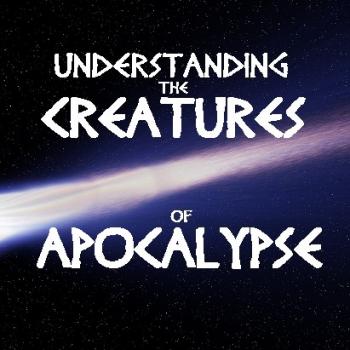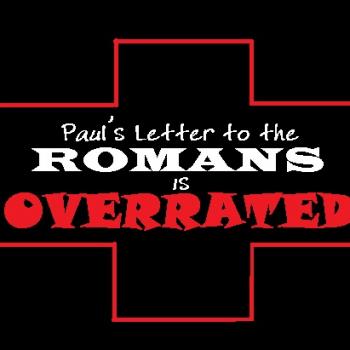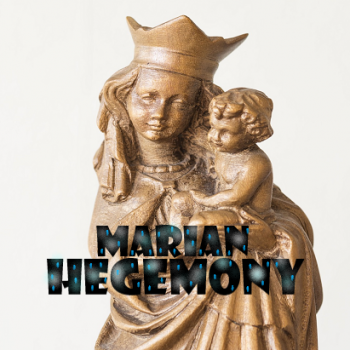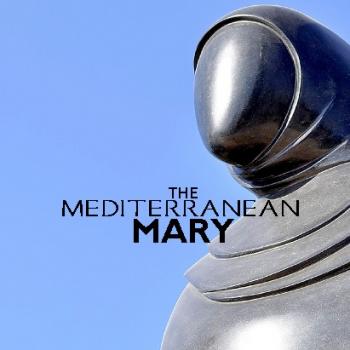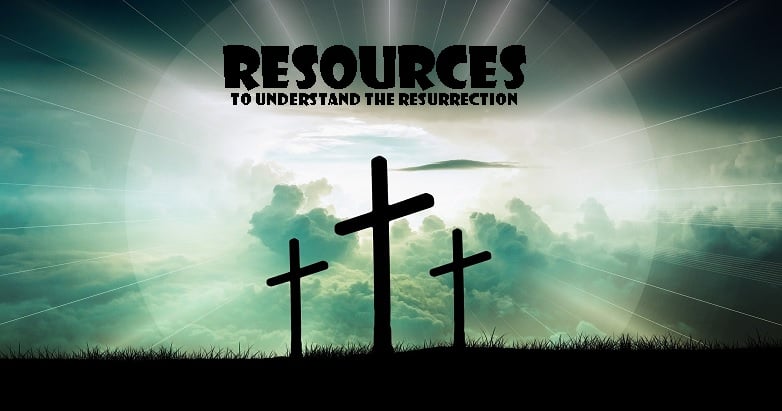
Messy Inspirations offers several challenging resources about the Resurrection throughout Eastertide.
The Eastertide proclamation is one of Resurrection—Jesus Christ is risen! He is risen indeed! Amen, but, what does that mean? All week long and throughout Eastertide, Messy Inspirations will explore this fascinating topic, the core of our Christian faith.
Happy Easter to all of my readers! Here’s a preview of what is coming up—
Defining Eastertide
Resurrection, the center of and defining mystery to us Easter People, is the beginning and commissioning to Beloved Disciples. But what is the Resurrection? Is it a simple reanimation or resuscitation of a biomedically-dead Jesus? Is the Risen Jesus a physical reality, a return to biomedical life? Or is the resurrection something more?—a new life that does not pass away, a life unhindered by what we Westerners recognize as space, time, matter, and energy?
In any case, how can we communicate the significance of Eastertide for 21st century Christians? What is the real meaning of the empty tomb in John 20:1-9? Is this made more difficult because there is no single unified picture of the Resurrection of Jesus in the New Testament?
Eastertide Spotlight: Mary Magdalene
As presented in “John,” Mary Magdalene belongs to the highest status as the one officially commissioned as the apostle of the Risen Jesus. Magdalene certainly was very special to “John.” But given the Mediterranean cultural world in which the Fourth Gospel originated, why would any woman be deemed exceptional? First-century Israelite peasant women were people without voice except for that of the significant males of her life.
So why then are Mary Magdalene (John 20:11-18) and other women (John 4:49; 11:27; 12:3) featured so prominently by the Fourth Gospel? If our male ancestors in the faith were so patriarchal, how could it be that they were assisted in such crucial ways—understanding the very heart of the Gospel and Eastertide!—by women?
Many people today like to think that Jesus was married to Mary Magdalene. Could that explain why she was featured prominently in the Gospels? Was Jesus really married to her? If not, why?
The Shroud of Turin: Proof For Eastertide?
Is the Shroud of Turin, the so-called burial cloth of Jesus, scientific proof of the resurrection? Every Eastertide, we are flooded with documentaries and published articles on this strange and beloved relic. But what if I told you that the atrocious health conditions of first-century Galilean peasants contrast sharply with the robust figure presented on the Shroud of Turin? If someone proved that the Shroud is fake, what would that do to your faith?
Doubting Thomas & Eastertide
“Doubting” Thomas, the disciple associated with incredulity, is featured prominently in the original ending of the Gospel called “John” (20:19-31). Why? Often “John” presents “typical characters” to his readers. These “typical characters” are symbols turned into historical persons, some actually named from real historical people, but others, theological fictions invented to communicate a point.
These Johannine “typical characters” represent theological positions or traits that address pastoral problems that the Johannine Jesus group suffered. Some figure prominently in our Eastertide celebrations. Examples of typical characters in “John” include the Samaritan Woman, the Sighted Blind Man, the Beloved Disciples Lazarus and Martha, and Mary Magdalene.
Understanding Resurrection and the Tomb
Christians have a lot of spurious familiarity with understanding the mourning and burial customs of first-century Israelites. What was the significance of Israelite burial and mourning custom in Jesus’ day? Without this, can we truly appreciate the heart of Eastertide? What was the usual process of burial and mourning?
Ask most Christians, and they will happily reveal to you that they are ardent 21st-century disciples of Plato, Aristotle, and Plotinus. That means they believe that humans are either souls with bodies or souls and bodies. But is that really how Jesus, Paul, and other New Testament people believed? What if I told you that most Mediterraneans in the first century, even most elites, did not hold to what Plato and Aristotle believed about death or souls separating from bodies?
What did first-century Israelites believe happened when the flesh rotted off the bones of a dead person? What did the flesh hold? Why did Israelites believe that the bones essential for resurrection? What did they believe resurrection was, anyway?
By the way, was the death of Jesus really necessary? One Gospel tradition claims it was suitable and essential for the benefit of others. But this is in stark disagreement with another Gospel tradition adamant about how Jesus’ death was utterly wrong! This discrepancy has led some Western Christians to exaggerate the former, neglect the latter, and even imagine God as a sadistic monster.
Emmaus & Eastertide
What was really going on with the Resurrection appearances, like the one on the way to Emmaus? Appearances of Jesus risen and alive—like in the Emmaus story—vary among the Gospels. But insights from culturally sensitive investigation open up exciting possibilities.
What should modern American readers make of these accounts? Are these appearances literary creations? Did their authors write fables meant to teach readers a message or, at worst, fake news? Or are they exact representations of what literally happened, fact-precise accounts? Could they instead be reports of psychological delusions, products of the human brain coping with despair? What does all this do to our Eastertide journey?
What if Jesus’ contemporaries truly experienced him risen and alive but by way of altered states of consciousness experiences, a capacity for which God hardwired all human beings? Relatedly, what if, besides alleviating grief, such occurrences also helped the earliest believers better understand Jesus’ life and teaching and gave assurance of Jesus’ current whereabouts in the Realm of God? Ultimately, what if these experiences gave them new directions for problems?
There is so much to talk about over Eastertide.



